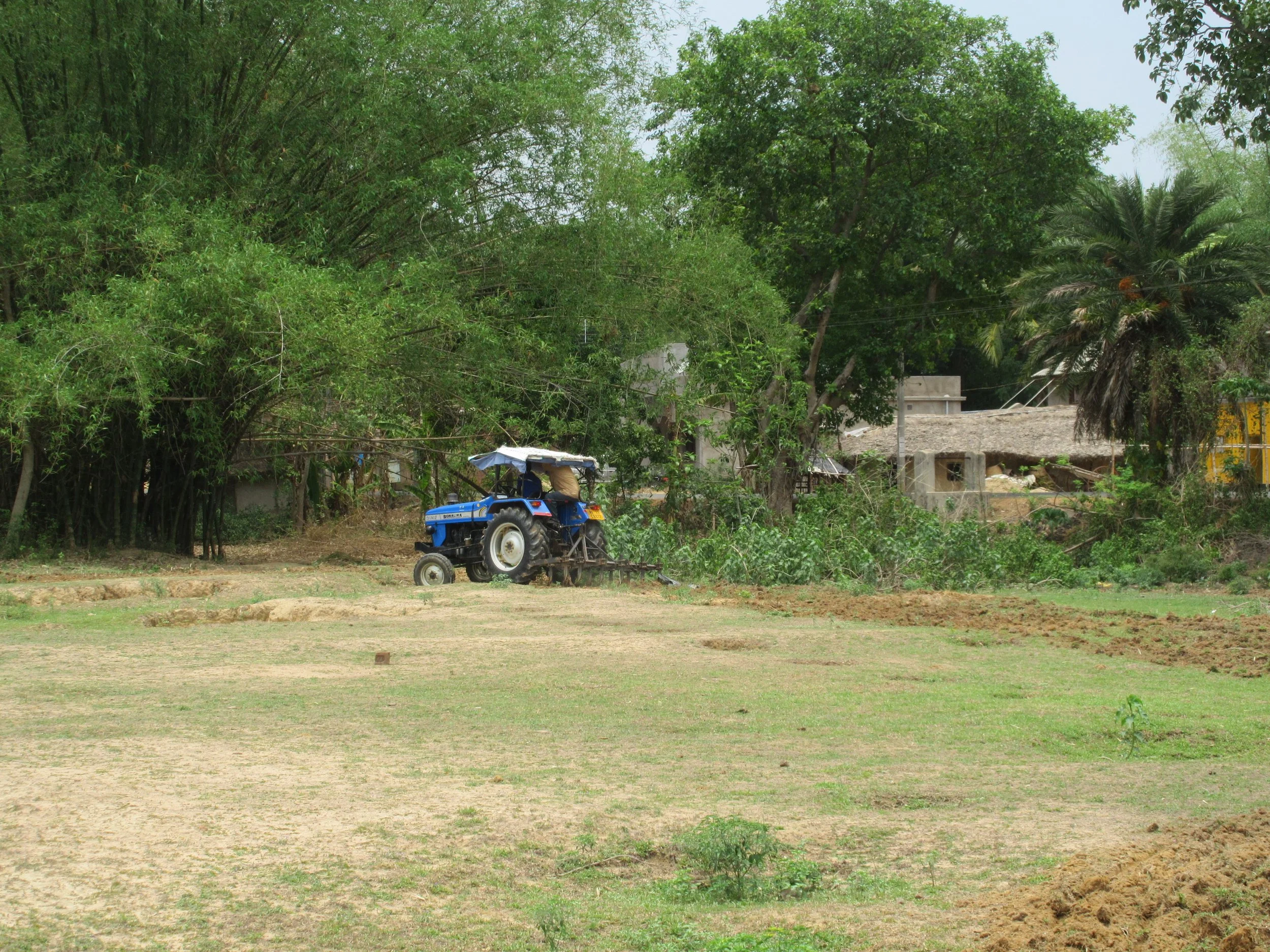A Plate of Hope: Part 1
By: Dr. Manojit Basu
I was born into a fourth-generation farming family in India. Unfortunately, it became clear in the mid-90s that farming was no longer an option for my grandparents and parents. This was due to over reliance on “weather gods” and the lack of access to advanced input technologies like seeds, fertilizer, and pesticides, which made it impossible to grow a profitable and healthy crop. Despite experiencing the same kinds of challenges that my family faced, farmers around the world hold on to hope. Sadly, more often than not, that hope is not enough, and results in situations where production barely results in a full plate for the family, and sometimes not even that.
I have had firsthand experience watching this happen to many farm families over the years, and the consequences are dire. While I was not able to continue to carry on the farming tradition of my family, I was fortunate to have the opportunity to study agriculture, science, and food safety as it applies to the use of innovative technologies. I hope that my experience and study in the areas of agriculture science, food insecurity, and how often well-meaning initiatives can be detrimental to entire food systems can provide others a better understanding of the complex science and story of agriculture in the U.S. and around the world.
It’s staggering to think that globally, on average between 10 and 28 percent of crop production is lost to pests¹. Without pesticides, which are a collective term for controlling insects, disease, or weeds, we would have even more loss. I recognize that pesticides can be a controversial, emotionally charged and often misunderstood topic. These are just some of the reasons I am so passionate about communicating the facts, benefits, and the measures in place to allow for their safe use. To be clear, pesticides are used in all forms of agriculture, i.e., conventional, organic, or the new entrant – regenerative, and have been in use for more than 4,500 years. Today’s pesticides can be organic, non-organic, biological or a mixture of these – basically any substance used to control pests.
Now add climate change to the equation and things get more complicated. Experts predict that there will be direct impacts on crops and livestock due to higher temperatures, changes in rainfall and more extreme weather events, and this year proved many of those predictions to be correct. We are seeing these weather and temperature changes result in increased weed, disease, and pest pressures². More specifically, insect and pathogen populations are likely to expand or shift regions and see greater numbers of reproductive cycles, increasing the abundance of pests.
The potential changes to those pests is likely to make current pesticide strategies less effective³. With changing climate conditions, we see intensified weed pressures, too. As global temperature rises, there is a strong possibility for weed species’ to move from the tropical areas to areas that we consider colder climate today. Furthermore, higher atmospheric CO2 levels will enhance growth of the weed species’ and therefore greater competition for crops³. Location always plays a large part in how severe the impacts of climate change will be. According to the Intergovernmental Panel on Climate Change (IPCC), warmer and drier conditions will favor more disturbances by insects, whereas warmer and wetter conditions will favor more disturbances from pathogens¹.
Why should you care? Because food is a necessity. Even though many, if not most of us can walk into the grocery store and buy a seemingly endless supply of food, this is not the case for everyone. Even in the U.S., availability and price has put sufficient food out of reach for many. And globally, the amount of food is not adequate in many countries, resulting in food insecurity and even starvation. Luckily, the pace and investment in research and development in the agriculture innovation space continues to be robust. Scientists continue to look for better and less impactful ways to grow our food and fight pests and disease. While organic and non-organic pesticides will continue to play an important role in helping to fight food insecurity in the coming years, new innovations are always being developed and the way we grow food will continue to evolve.
So, the next time you hear someone extolling the virtues of going back to a “simpler time” when we didn’t need all of these chemicals, think about how privileged we are to have access to a safe and healthy food supply. And while this idea may sound good in theory, the unintended consequences have real world impacts that are likely to be the difference between food for all or food for a few.
¹ IPPC Secretariat. (2021). Scientific review of the impact of climate change on plant pests – A global challenge to prevent and mitigate plant pest risks in agriculture, forestry and ecosystems.
² Agriculture and Rural Communities. In Impacts, Risks, and Adaptation in the United States: Fourth National Climate Assessment, Volume II. (2017). Agriculture and Rural Communities - Fourth National Climate Assessment (globalchange.gov)
³ Waltham et al. (2012). Climate Change and Agriculture in the United States: Effects and Adaptation. USDA Technical Bulletin 1935



